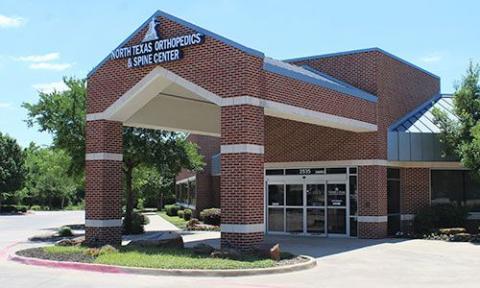How Do Patients Describe Vertebrogenic Pain?
Vertebrogenic pain typically presents as discomfort in the center of the lower back, often worsened by physical activity, extended periods of sitting, bending forward, or lifting. While both the spinal disc and endplate are part of the anterior spinal column and can cause similar symptoms, pain from the endplates is linked to specific MRI findings known as Modic changes. Many patients who experience relief from the Intracept Procedure report this characteristic pattern of pain.
How Is Vertebrogenic Pain Treated?
The basivertebral nerve (BVN) runs through the vertebral body and sends branches to the endplates at the top and bottom of each spinal bone. When these endplates are damaged, the nerve endings multiply and become more sensitive, transmitting pain signals to the brain. The Intracept® Procedure treats vertebrogenic pain by using a radiofrequency probe to heat and disable the BVN, effectively blocking it from sending pain signals.
How Does the Intracept® Procedure Work?
The Intracept® Procedure is a minimally invasive, outpatient treatment that requires no implants and maintains the spine’s natural structure. Performed under anesthesia, the procedure typically takes about an hour and allows patients to return home the same day. Backed by FDA clearance and supported by multiple clinical studies, it has been shown to be a safe, effective, and long-lasting solution for vertebrogenic pain.
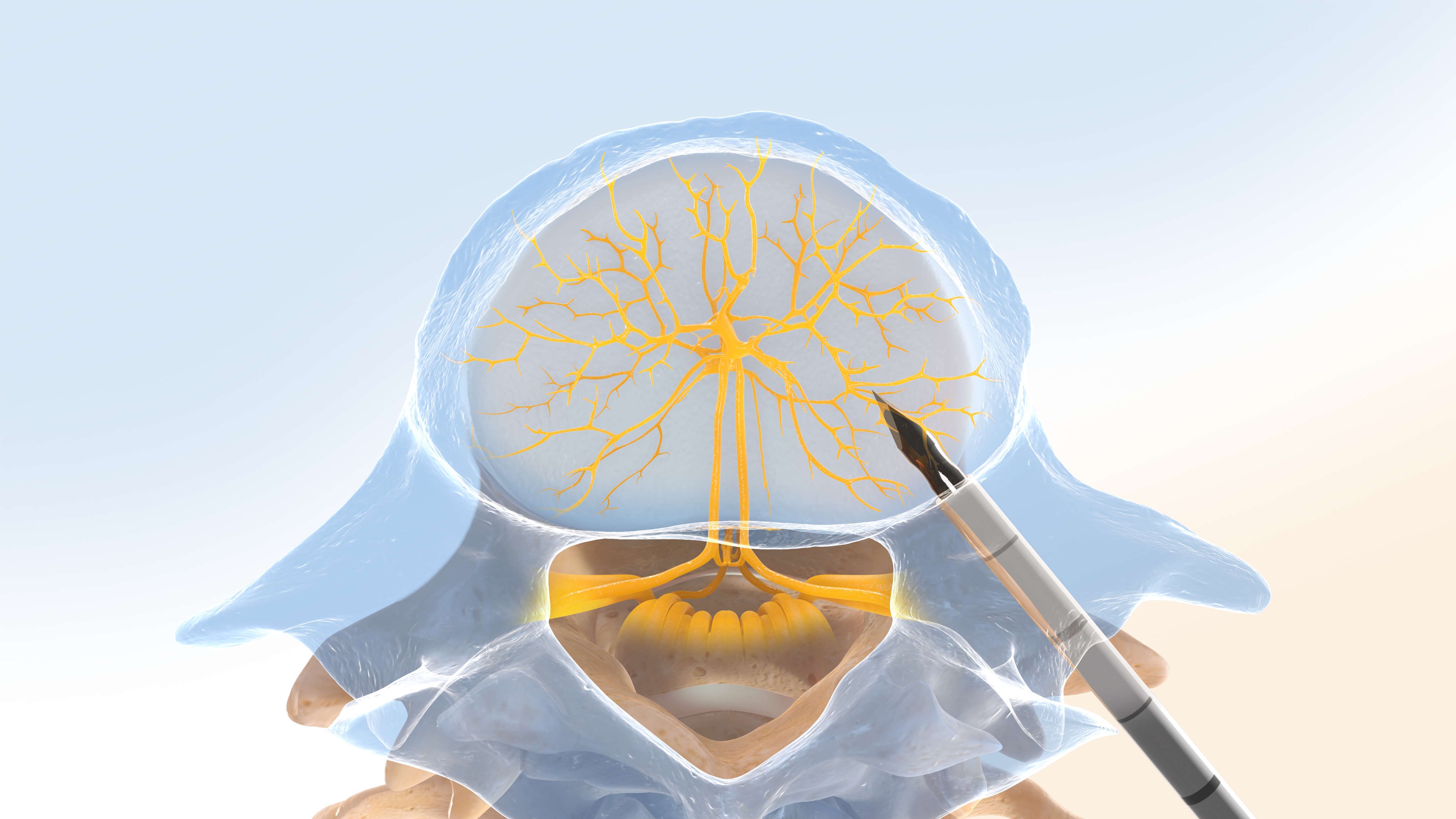
Step 1
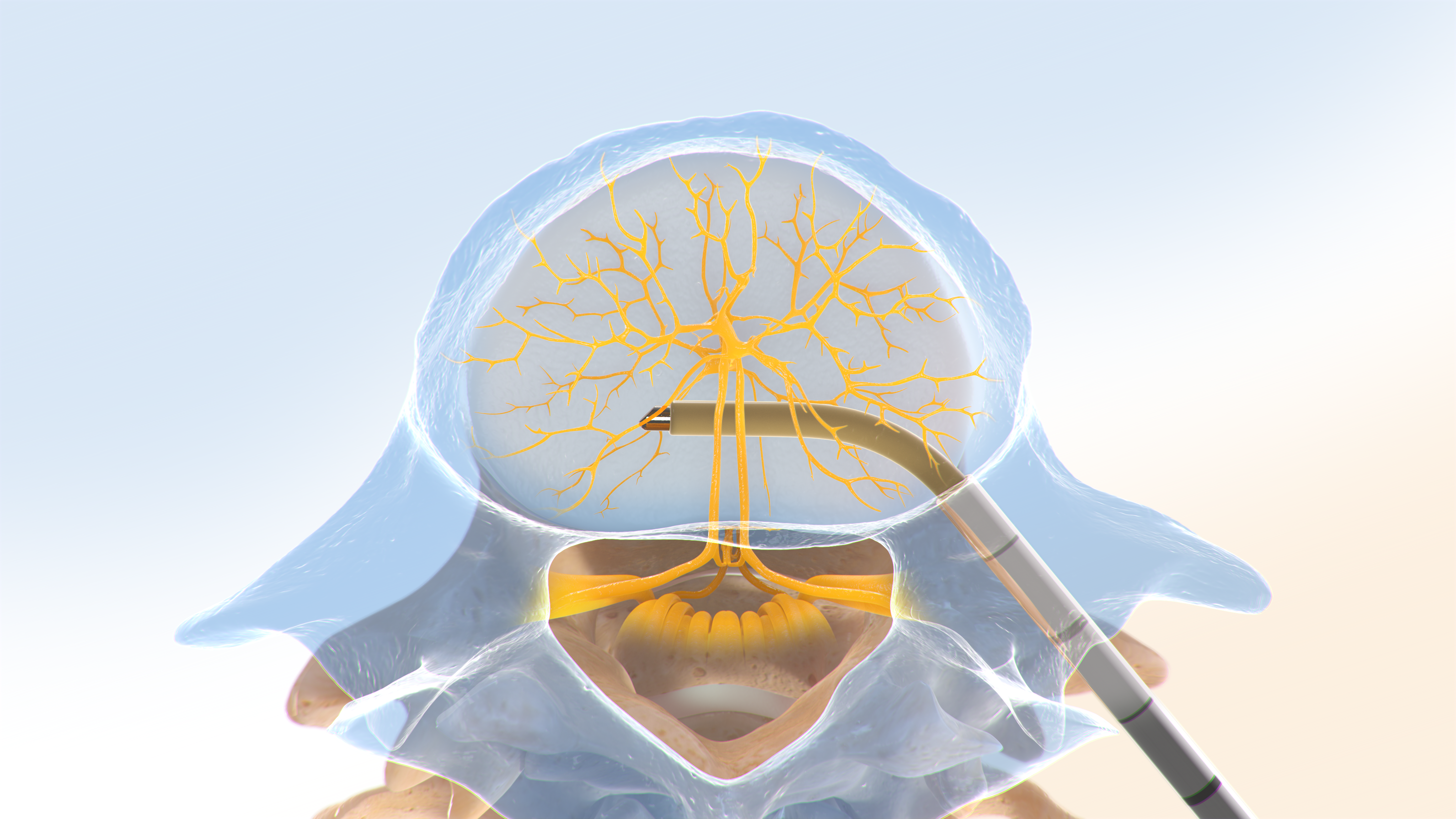
Step 2
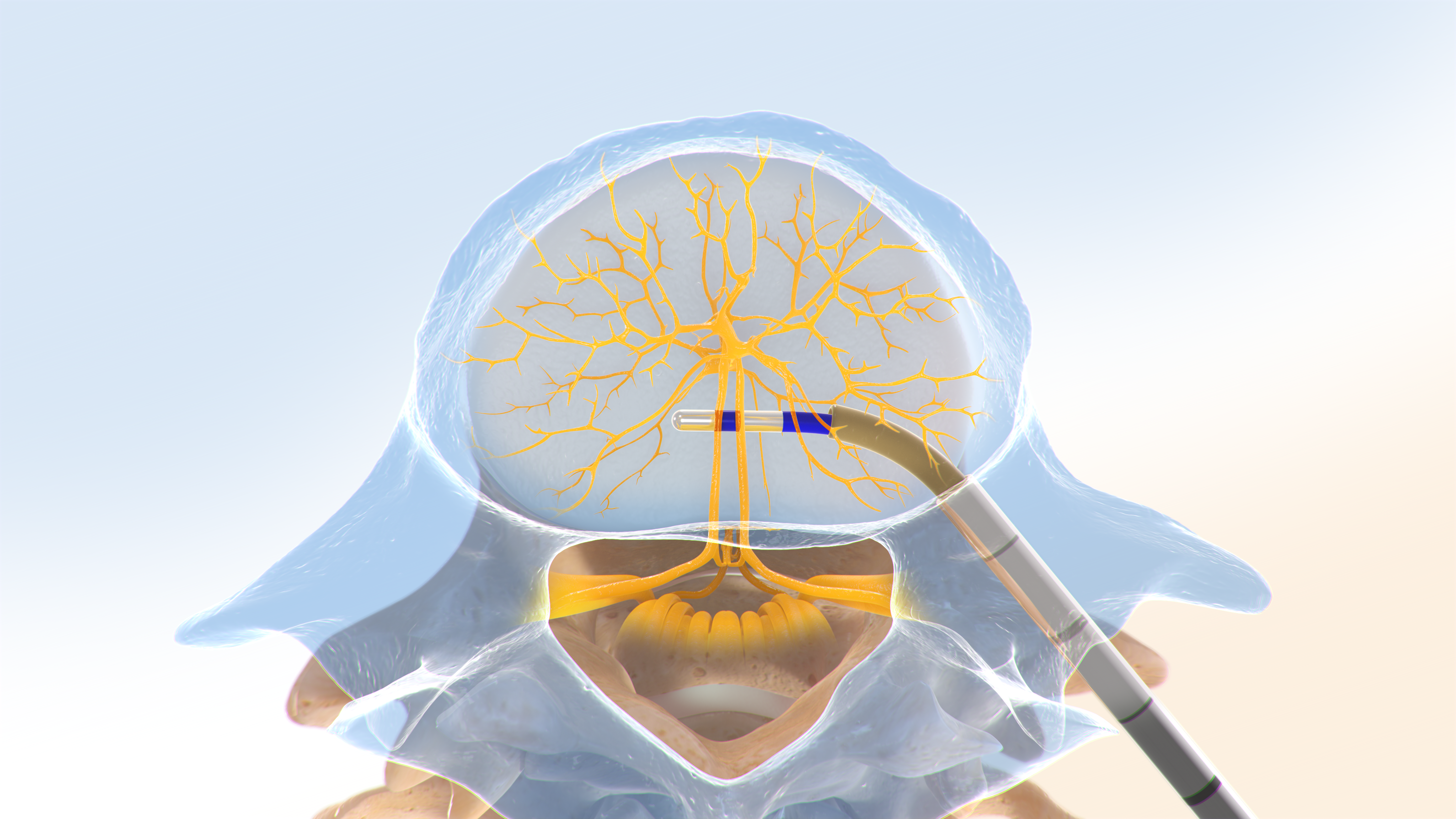
Step 3
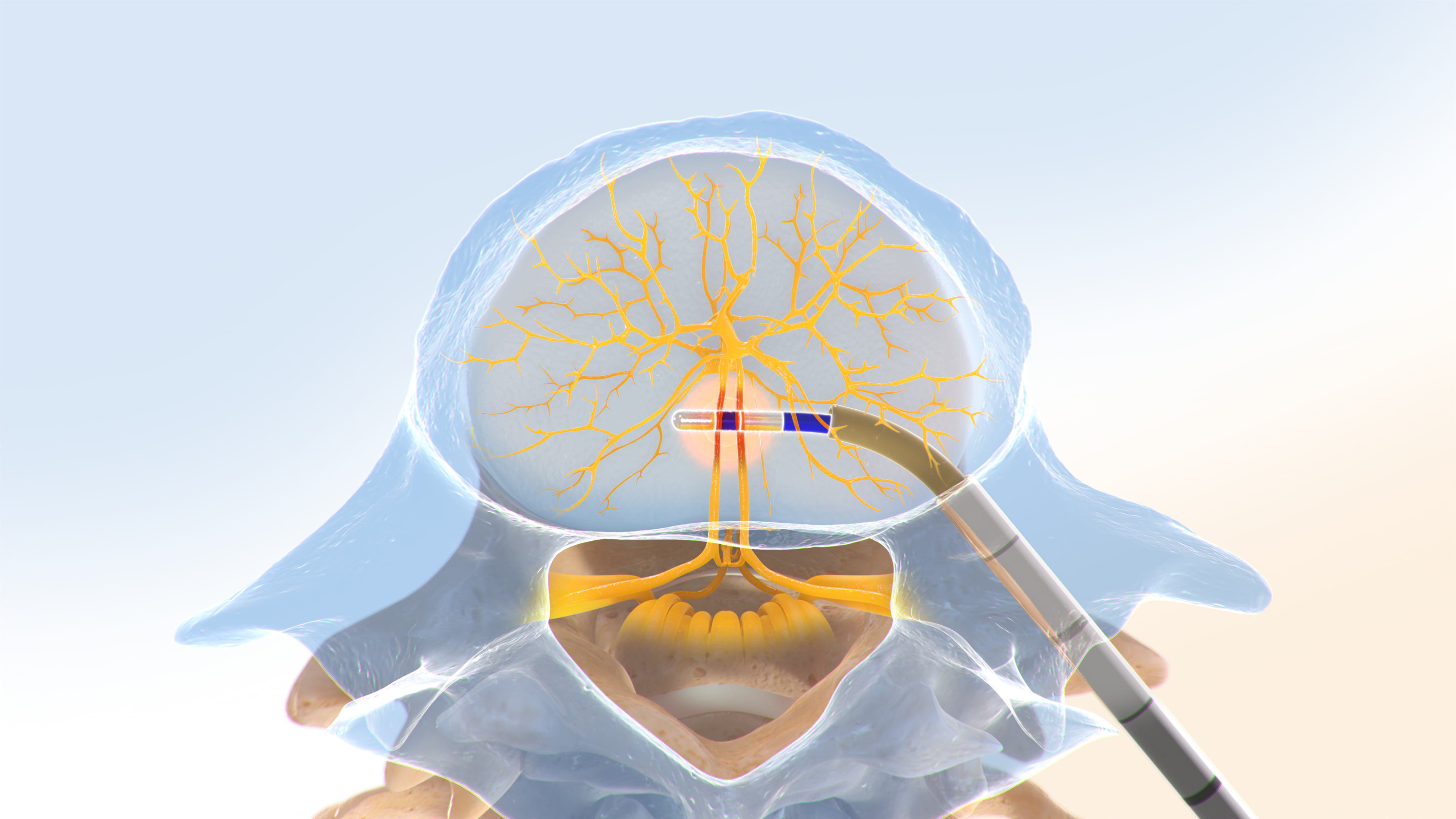
Step 4
How Long Does Pain Relief Last After the Intracept® Procedure?
Clinical studies show that most patients experience meaningful improvements in both pain and function within three months of the Intracept® Procedure — and these benefits can last for more than five years following just one treatment.
Am I a Candidate for the Intracept® Procedure?
You may be a candidate for the Intracept® Procedure if you’ve been experiencing chronic low back pain for six months or more, have already tried conservative treatments without success, and your MRI shows Modic changes—signs of inflammation caused by damage to the vertebral endplates. As with any medical procedure, it’s important to discuss potential risks and benefits with your healthcare provider.


